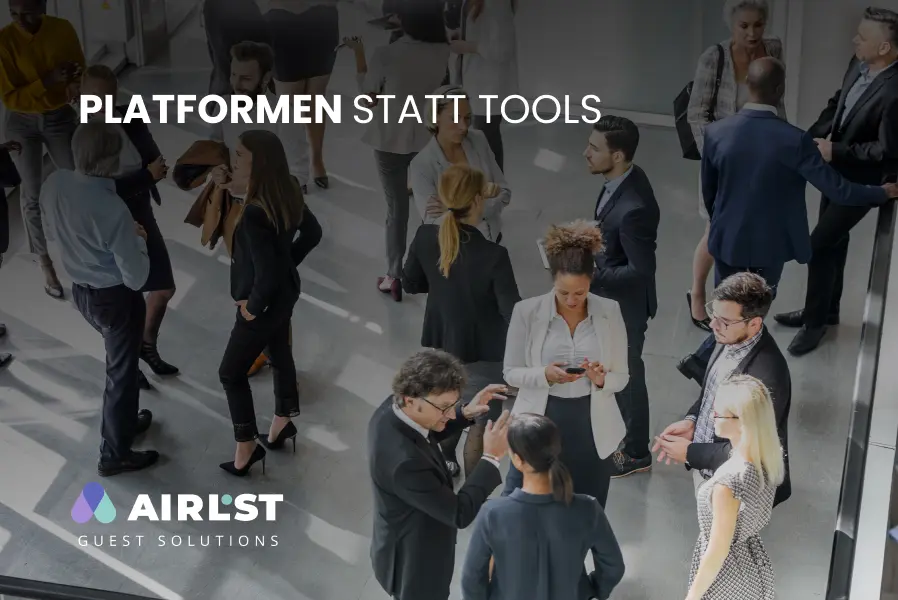For a long time, events were considered an “unquantifiable” form of communication — powerful, but difficult to measure.
That paradigm has shifted. Today, only organizations that steer their event strategies with data can use budgets efficiently and demonstrate measurable marketing impact.
AirLST Analytics enables companies to visualize and compare event data across the entire participant lifecycle. From invitation and registration to attendance and engagement, every touchpoint becomes a measurable KPI that supports strategic decision-making.
Enterprises now ask:
AirLST captures and visualizes all key performance indicators within an integrated reporting environment:
These metrics are automatically available in dashboards or exports — up-to-date, structured, and audit-proof.
An international B2B enterprise uses AirLST to consolidate event data from more than 100 annual events into a single, standardized view.
Previously, attendance figures, budgets, and engagement data had to be collected manually from multiple systems.
Now, AirLST generates automated reports with consistent KPI structures, allowing management to benchmark global event performance, identify best practices, and allocate budgets where measurable impact is highest.
The goal of modern event analytics is not merely to collect numbers — it’s to reveal patterns.
AirLST provides the framework to establish data transparency and derive actionable insights:
These insights feed directly into operational and strategic decisions — from event planning to resource allocation.
In large organizations, event data is evolving from operational output to a key part of corporate steering systems.
CFOs now compare event spend with engagement outcomes, while marketing teams derive audience strategies directly from analytics.
AirLST supports this with:
The result: a closed-loop information system that elevates event management from execution to strategy.
Event data is no longer a by-product — it’s a management instrument.
It enables measurable impact, data-driven planning, and strategic evolution.
Those who understand which KPIs truly matter gain efficiency, transparency, and ultimately greater relevance with every event they deliver.

From a small master party to a hybrid dealer conference. From unique use cases to group-wide event software. Benefit from the experience gained from thousands of events organized by a wide range of customers.
Plan your own events with up to 50 guests — including landing page, email delivery and ticket scan.
Try it now